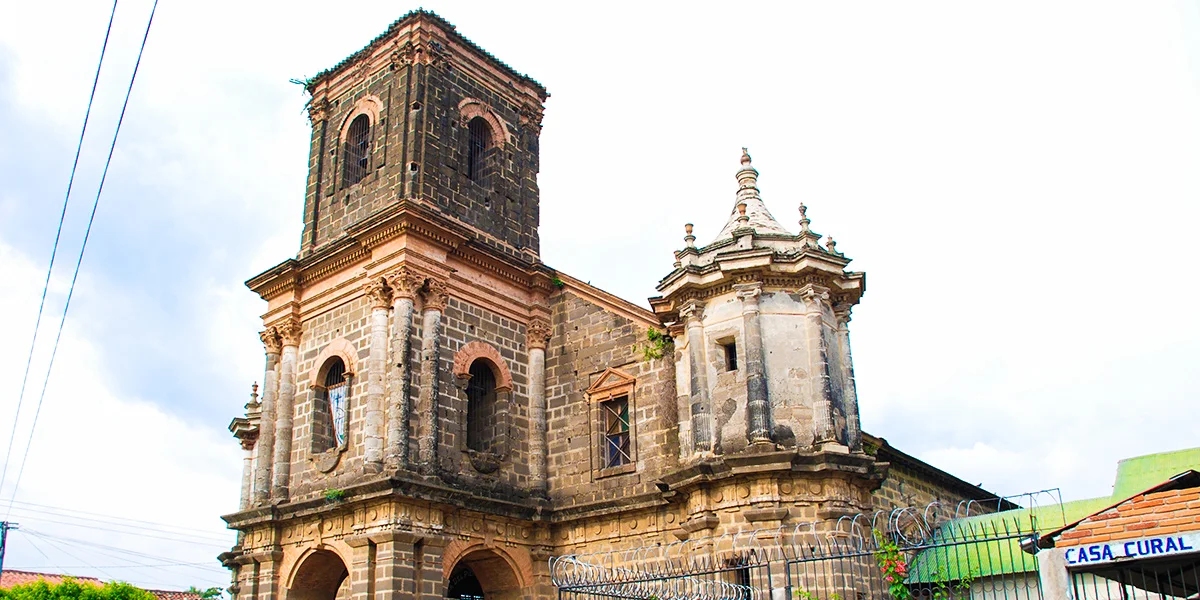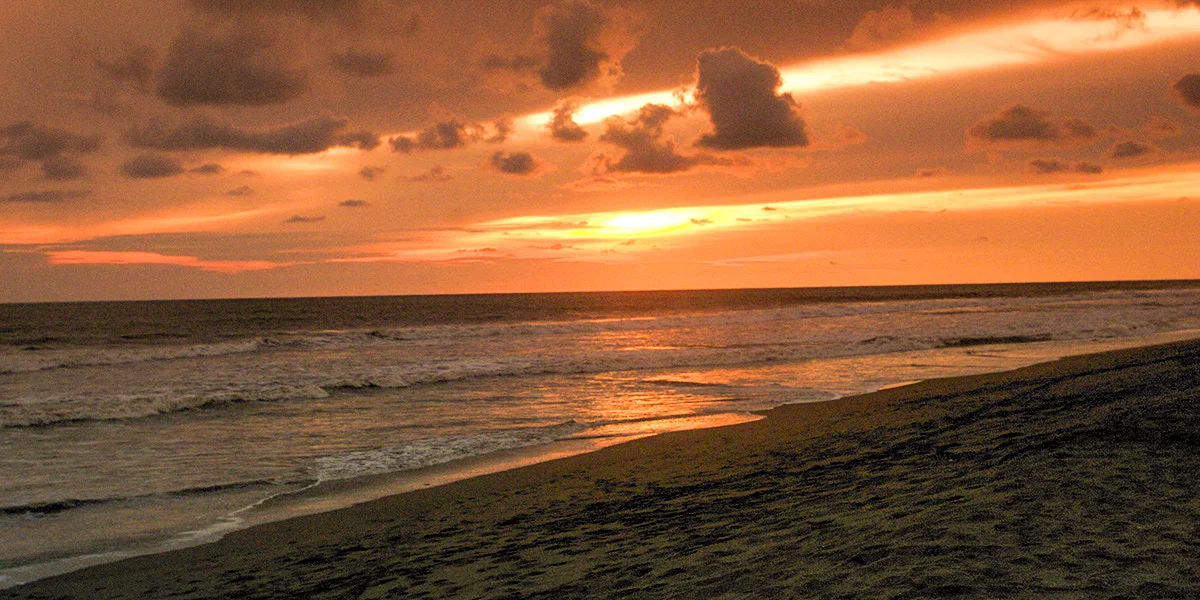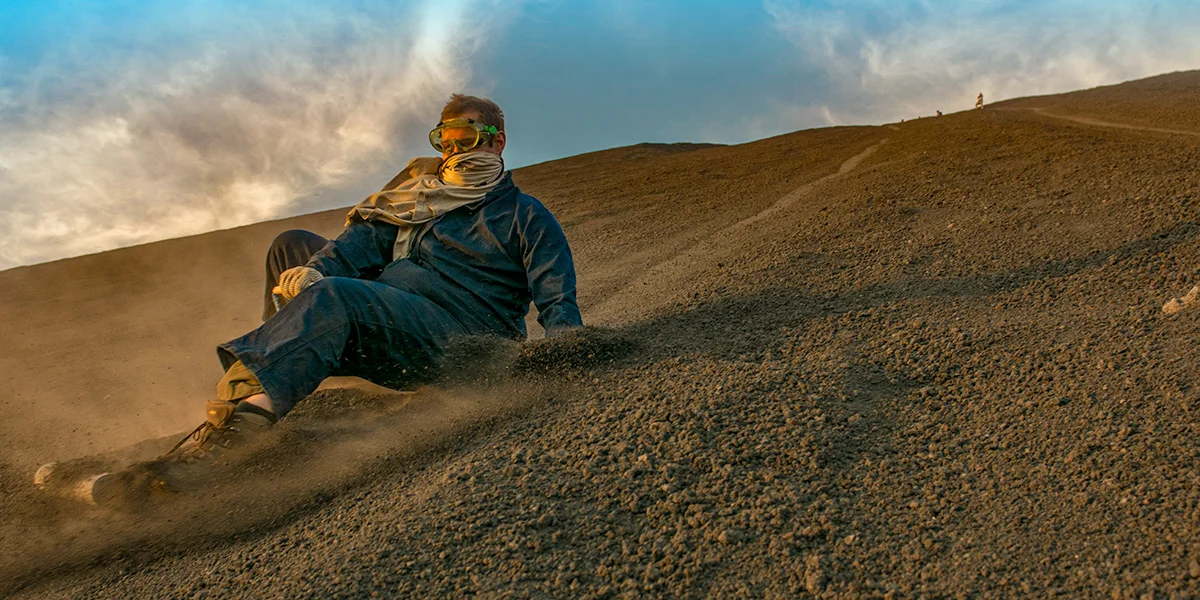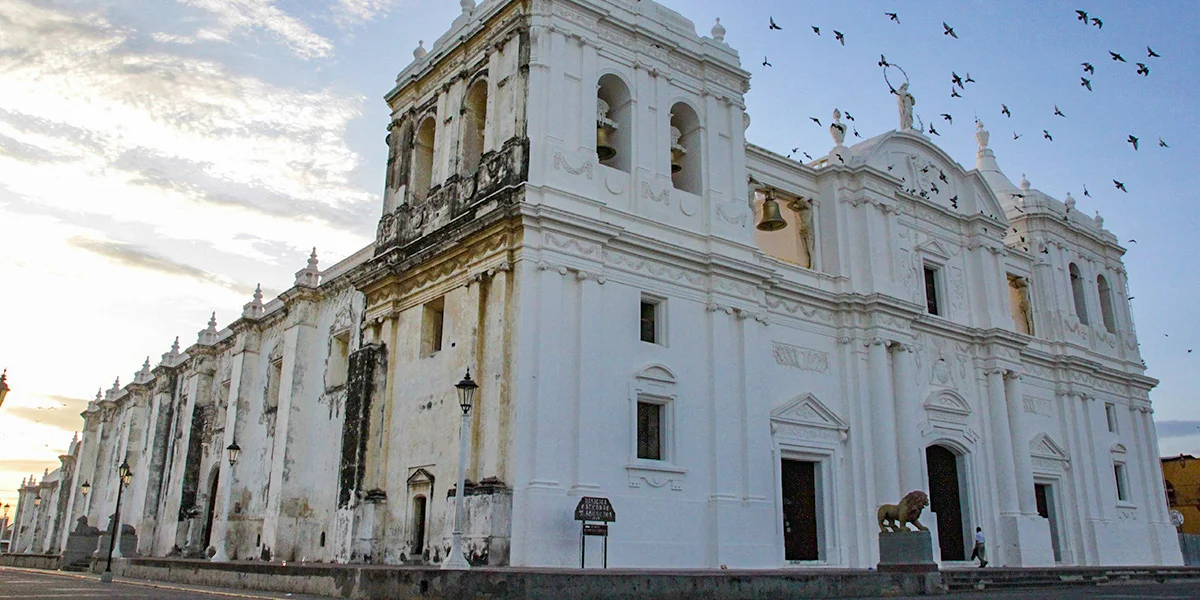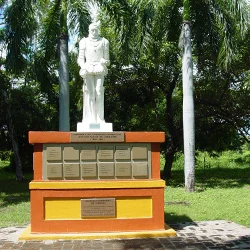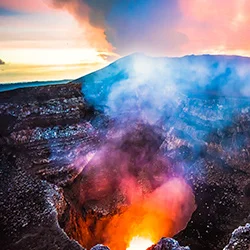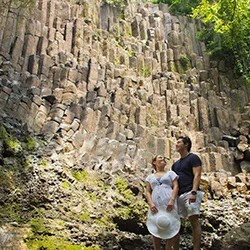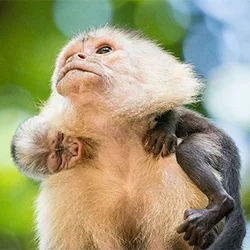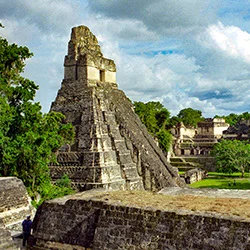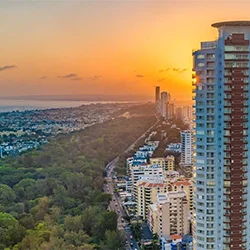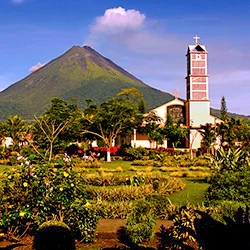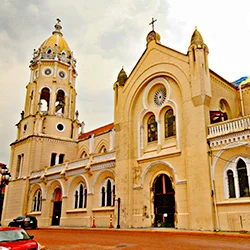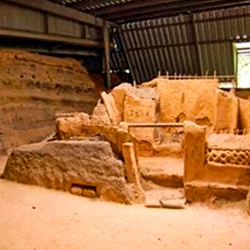City of León
A MAGNIFICENT LOOK TO THE SPANISH COLONIAL CENTRAL AMERICA
Tour the city of Leon, an example of Spanish colonial architecture in Central America and its Cathedral, declared a World Heritage Site by UNESCO.
The origin of the city of León dates back to the ancient city of “León Viejo” which was founded by the colonizer Francisco Hernández de Córdoba in 1524. In the wake of an earthquake and the eruption of the volcano in 1610, the city moved to a new site in a fertile and wide valley next to the indigenous settlement of Sutiaba. The municipality of León, located in the western region of the country, has a tropical savanna climate, with pronounced dry season between the months of November to April, and a rainy season, between the months of May to October.
The delineated and long streets of the city of León, also known as the “University City”, evoke the colonial era. The existing churches in large numbers are an attraction of cultural order for their architectural features and antiquity, standing among them the majestic Cathedral of León, Central America largest Cathedral, declared by UNESCO as a World Heritage Site. From a stylistic point of view, the monument shows the transition from Baroque to Neo-classic and is characterized by the sobriety of its decoration. The Cathedral contains important movable works of art. In addition, the city features a varied offer of historical-cultural tourism, housing various museums and churches of the colonial era.
The tourist offer of the municipality of León is diverse, also offering adventure tourism and community rural tourism, standing out the volcanic complex Las Pilas-El Hoyo and Cerro Negro, where the famous extreme sport of sandboarding is practiced.
Finally, low-density sun and beach tourism is one of the attractions during the summer, as the area has attractions such as the Juan Venado Island Natural Reserve and the beaches of Poneloya, Las Peñitas and Salinas Grande.
GEOPOSITION
Suchitoto
Whales Watching
Drake Bay and Corcovado National Park
RECOMMENDED TOURS
Route of the volcanoes: Maya, lencas and garífunas
Discover volcanoes, colonial cities, pre-Columbian archaeological sites, and nature, and meet with the indigenous communities.
Three Destinations – One Experience
This program begins enjoying the culture and history of Santo Domingo, the capital of the Dominican Republic,
Authentic Costa Rica and Nicaragua
Visit volcanoes, discover the culture, and enjoy the beaches. A truly wonderful experience.
Markets and Crafts
Enjoy Masaya, Granada, Lake Cocibolca, the Panama Canal, or La Flor Wildlife Refuge.
The new in Central America
Your visit to El Salvador, Guatemala, and Honduras will allow you to discover the most beautiful Mayan sites in Central America.
